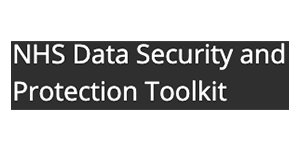“My costs have shot through the roof” says Barry with a chuckle. “It’s the school holidays and I’m taking the family out to restaurants every night” (a list follows, burgers, pizzas, curries). Barry Sullman first made contact with us on 28th Feb and I met some of the family on a video conference because Sunday was the only time he had a minute to spare. He was working until 8pm and secretly wanted to finish at 6pm so he could rejoin the human race. To be on the safe side he told me 5 but I didn’t promise. Two weeks since launch he tells me he’s going home at 4. Except for Thursday when he phoned me at 1, from home, complaining that his salaried GP had nothing to do most of the afternoon, one patient booked at 3.45. So he’s changed his plans to recruit a GP and instead will take on an ANP to run the shift until 6.30, CPR trained, as he’ll refer appropriate patients and his work is done by 4. That should pay for a few nights out. He impresses upon me the difference between telephone triage (which he’s tried) and digital triage: now he doesn’t spend ages on calls which are really non-medical. Reception have done them, or he’s emailed a message. So he’s not drowning or suffocating. He’s prepped for the consultation, may have looked up previous notes. He’s impressed by what the patients write, quite detailed, even helps with the non-English speakers. He’s choosing who to see face to face, no more, and it’s all done today. He doesn’t have to up type all the symptoms, just copies into the clinical system. He has gone straight to 70% of demand arriving online, which is 250 per week, and it’s ever so simple how they’ve done it – while not forcing anyone or shutting the door for those who can’t. Patients are happy, reception is peaceful. Barry epitomises the GP who is self reliant, independent, committed long term to his patients, business oriented and decisive. But his Balaam St practice is different from yours – deprived East London, young, multi-ethnic and many non-English speakers. Maybe your practice is more like Joanna’s: prosperous, elderly, all speaking the purest Somerset. They launched this week too, having just lost a GP partner and another on holiday. With a quarter of their capacity removed, and costs saved, they’ve transformed the service in a single week, all patients sorted. Had to scrabble around to find things for the locum to do on some days. She tells me “We couldn’t have done it any other way. This is infinitely better.” Barry, Joanna, dozens of others: big smiles. You? Feeling overwhelmed, helpless perhaps? What is the difference between them, their practices and you? Nothing at all, just that they made a decision and got on with it. Kind regards Harry Longman
A week later on 27/4/18 a GP in a Welsh practice emailed these questions:
Could I ask you first how long since you launched the system ?
As with any change to our appointment system, there is always a honeymoon period, then the rot sets in again, I wondered if you felt any loss of efficiency the longer you run AskmyGP?
And some more specifics:
1)How did you/ do you manage ‘walk-ins’?
2)Was there any backlash against loss of the GP early morning slots for working folk?
3)Do you work with Nurse Practitioners? We have three who see a lot of our minor illness.
4) Can you give me examples of which appointments you do allow to be booked at reception ( CDM? Nurses?)
PS: One other thing in common, both practices invested in Pathfinder and then Transform themselves. They didn’t wait around for months or years hoping the taxpayer would pay for them. PPS: My colleagues and I absolutely love the work we do with practices like the above. But do spare a thought for us at this difficult time. My least favourite activity is the essay writing contest which is NHS England’s Dynamic Purchasing System for Online Consultations, a Sisyphean task as meaningless as it is mindkilling. If I may use an analogy, our Digital Transformation Strategy Engagement Delivery Leads go to a gallery and see an inspirational painting. A painting can’t be painted without paint, so they think it’s about paint. They specify the paint in finite detail, colours, hues, formulation, viscosity, non-toxicity and so on, with which specification all suppliers must comply. By Monday at 12:00:00. They are surprised however when the outcomes are revealed – instead of a series of Leonardos, Picassos and Monets, the precisely implemented procurement process has produced brown walls.






